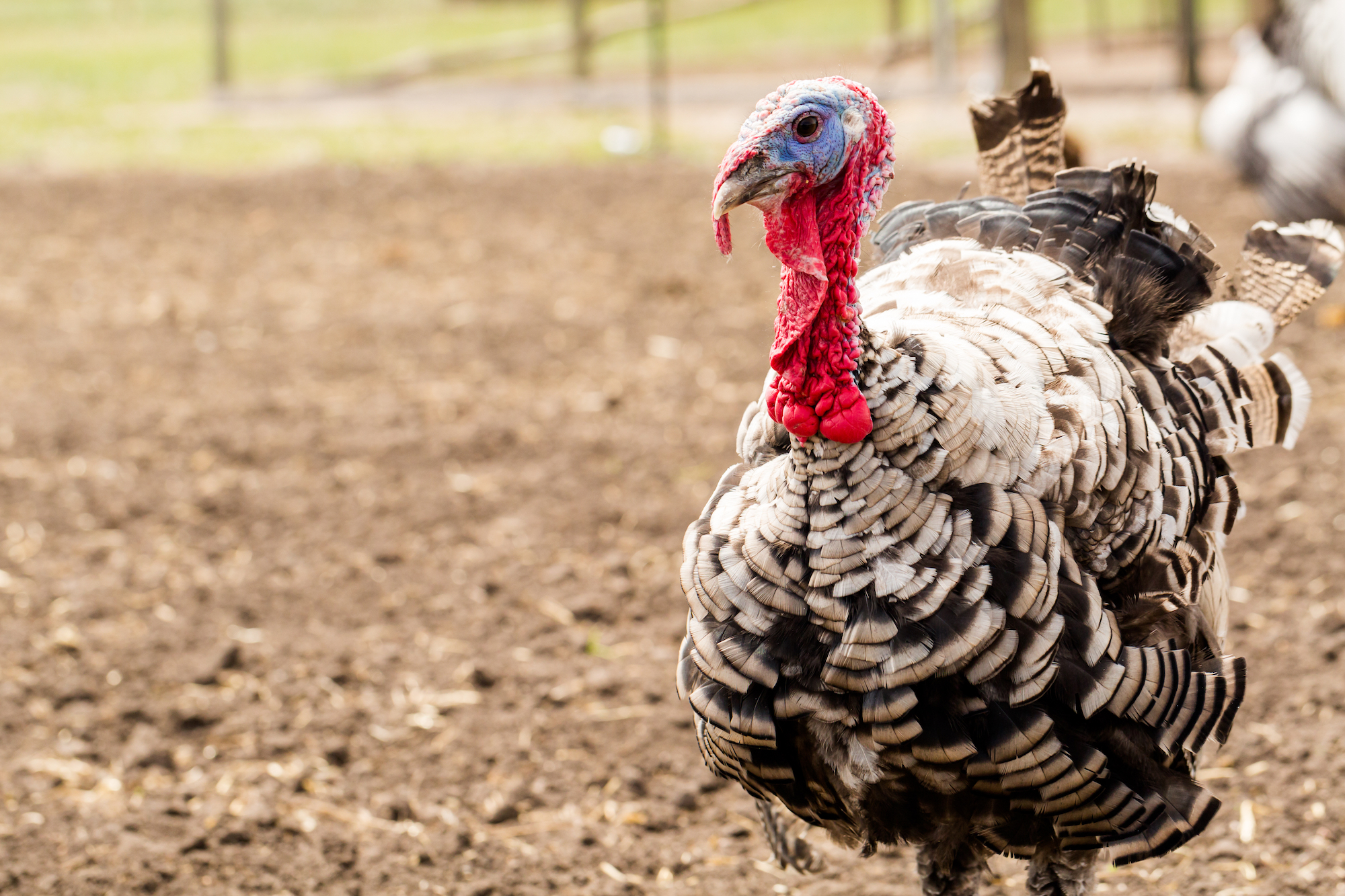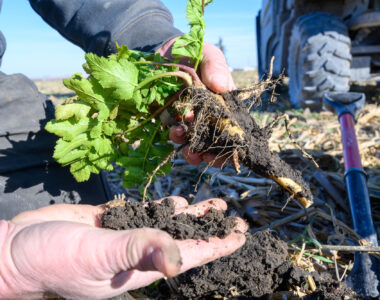
What We Know So Far
A recent outbreak of avian flu in turkeys has been confirmed in both North and South Dakota—the first cases in U.S. commercial poultry flocks since early July. The USDA’s Animal and Plant Health Inspection Service reported that on August 28, highly pathogenic avian influenza (HPAI) was detected in a turkey farm in Faulk County, South Dakota, resulting in the culling of 55,400 birds to contain the virus.
Shortly after, state officials in North Dakota confirmed another case of avian flu in turkeys at a farm in Dickey County near the state line. This led to the destruction of approximately 60,000 birds to prevent further spread.
How Transmission Might Have Occurred
North Dakota’s Agriculture Commissioner, Doug Goehring, noted that the timing aligns with fall migration, suggesting wild waterfowl may have played a role. Although snow geese and other migratory birds had not yet passed through the region, local waterfowl remain a possible source of the virus.
Avian influenza naturally circulates among wild birds and can transmit to domestic birds via contact with infected birds, contaminated water, or equipment.
What It Means
- The recurrence of avian flu in turkeys disrupts commercial operations and underscores ongoing vulnerability in poultry farming.
- State officials have established monitoring and control zones to follow for 30 days, aiming to prevent further infections. If no new cases appear, flocks may reenter the food supply safely.
- Federal agencies, including the CDC, continue to assess risks. Current guidance indicates low immediate risk to public health, though past cases in dairy cattle and rare human infections reinforce the need for vigilance.
What’s Next
- Increased biosecurity measures on farms and monitoring of wild bird populations.
- Continued surveillance in nearby domestic flocks and strict testing protocols to limit spread.
- Coordination from USDA and state agencies aimed at early detection and rapid response to future outbreaks.
Summary
The confirmation of avian flu in turkeys in both North and South Dakota signals the virus’s persistence and reach within U.S. poultry industries. As states embark on containment measures, the situation highlights the importance of ongoing vigilance, strong biosecurity, and collaboration between federal and local authorities to safeguard animal health.



